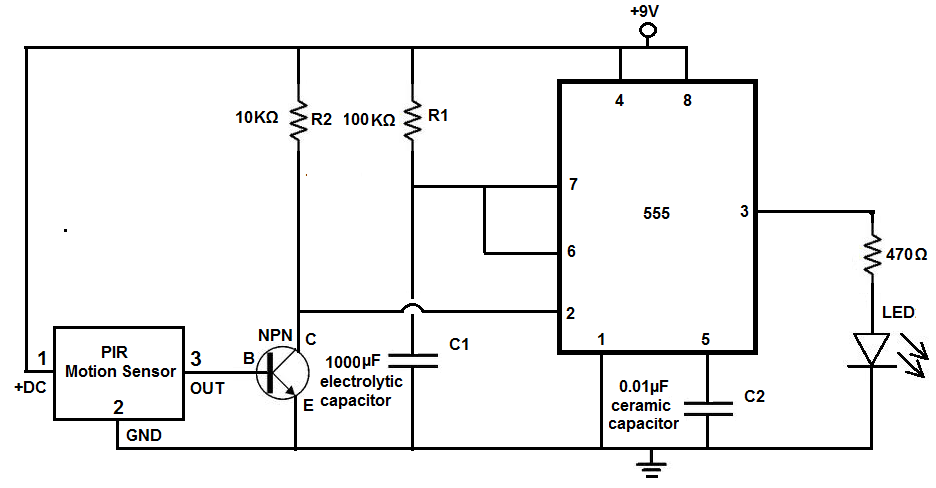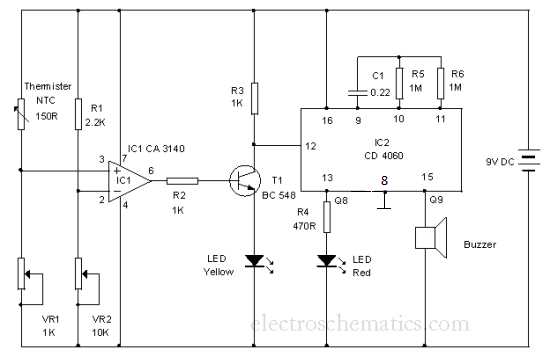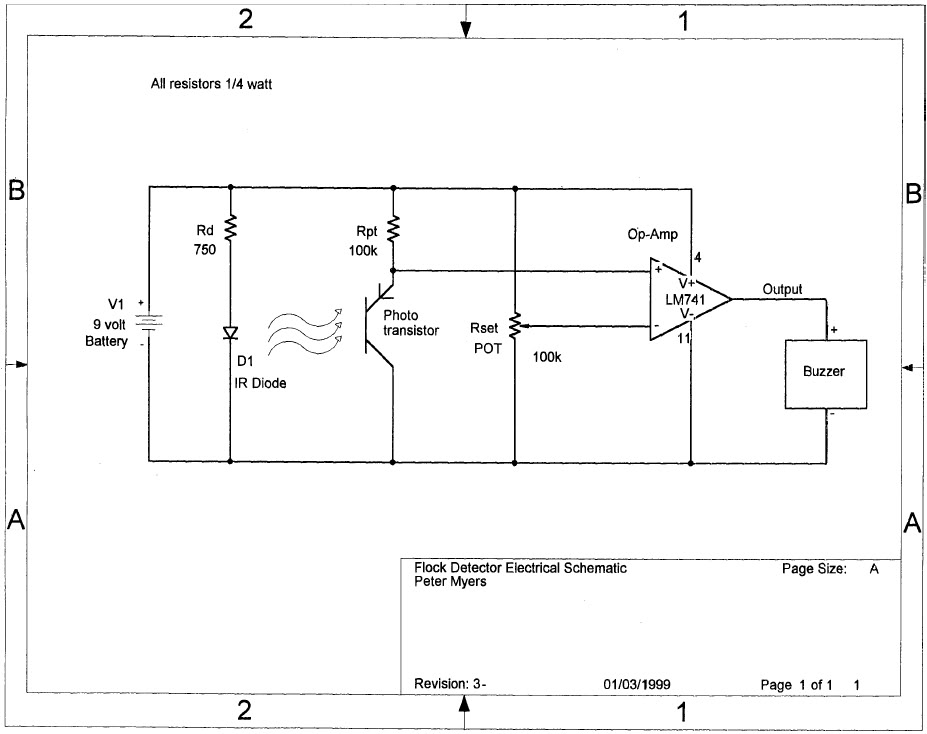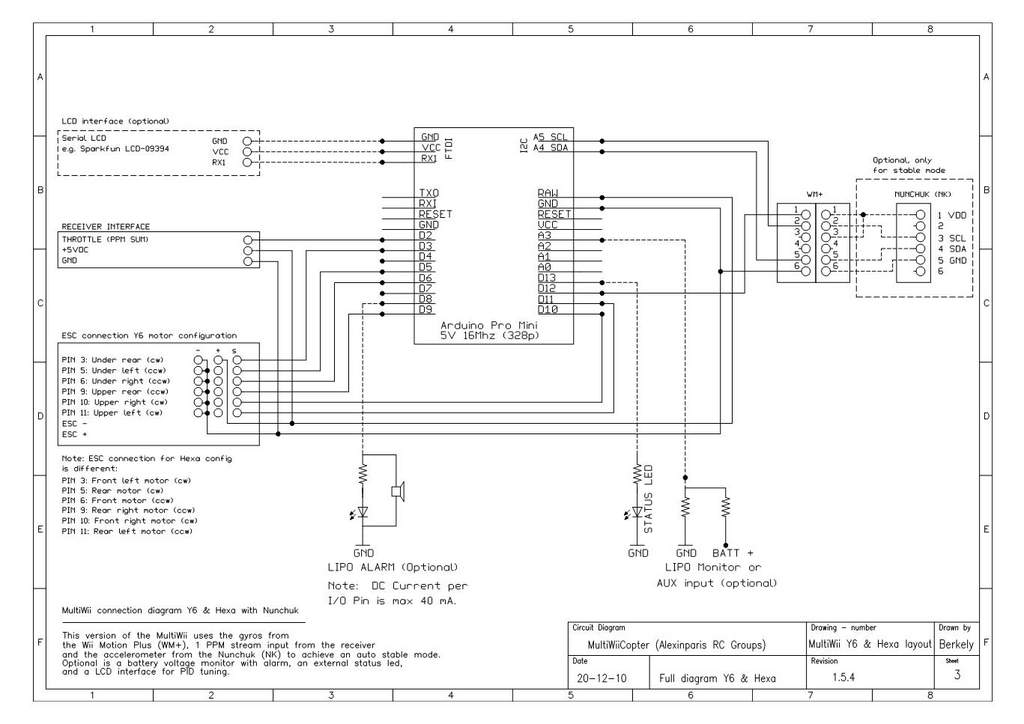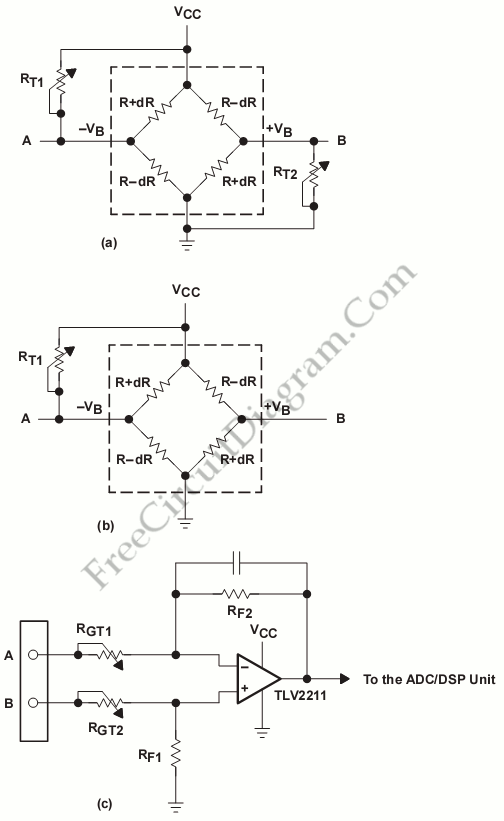
Heartbeat Sensor (Tranduscer)
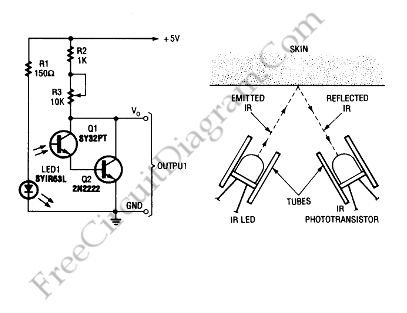
This circuit consists of an infrared phototransistor and an infrared LED. The transducer operates on the principle of light reflection, specifically infrared light. The skin serves as a reflective surface for the infrared light, and the density of blood within the skin affects its infrared reflectivity. The pumping action of the heart causes fluctuations in blood density, which in turn leads to variations in the intensity of the reflected infrared light. Consequently, it is possible to calculate the heart rate based on these changes in infrared light intensity.
The described circuit utilizes an infrared LED and a phototransistor to create a non-invasive heart rate monitor. The infrared LED emits light that penetrates the skin and is partially reflected back by the underlying blood vessels. The phototransistor detects the intensity of the reflected infrared light. As the heart beats, the volume of blood in the skin varies, affecting the amount of light reflected back to the phototransistor. This variation can be captured and processed to determine the heart rate.
To implement this circuit, the infrared LED is connected in series with a current-limiting resistor to prevent excess current from damaging the LED. The phototransistor is connected in a voltage divider configuration, allowing it to produce a voltage output that corresponds to the intensity of the reflected light. A microcontroller can be employed to sample this voltage signal, apply filtering algorithms to eliminate noise, and calculate the heart rate based on the timing of the peaks and troughs of the signal.
Additional components may include capacitors for smoothing the output signal and an operational amplifier for signal conditioning. The overall design can be integrated onto a PCB for compactness and ease of use. This circuit can be utilized in various applications, including fitness trackers, medical monitoring devices, and wearable technology, enabling users to monitor their heart rate conveniently and accurately.This circuit made from an infrared phototransistor and infrared LED. This transducer works with the principle of light reflection, in this case the light is infrared. The skin is used as a reflective surface for infrared light. The density of blood in the skin will affect on the IR reflectivity. The pumping action of heart causes the blood density rises and falls. So that we can calculate the heart rate based on the rise and fall of intensity of infrared that reflected by skin. We aim to transmit more information by carrying articles. Please send us an E-mail to wanghuali@hqew. net within 15 days if we are involved in the problems of article content, copyright or other problems.
We will delete it soon. 🔗 External reference
The described circuit utilizes an infrared LED and a phototransistor to create a non-invasive heart rate monitor. The infrared LED emits light that penetrates the skin and is partially reflected back by the underlying blood vessels. The phototransistor detects the intensity of the reflected infrared light. As the heart beats, the volume of blood in the skin varies, affecting the amount of light reflected back to the phototransistor. This variation can be captured and processed to determine the heart rate.
To implement this circuit, the infrared LED is connected in series with a current-limiting resistor to prevent excess current from damaging the LED. The phototransistor is connected in a voltage divider configuration, allowing it to produce a voltage output that corresponds to the intensity of the reflected light. A microcontroller can be employed to sample this voltage signal, apply filtering algorithms to eliminate noise, and calculate the heart rate based on the timing of the peaks and troughs of the signal.
Additional components may include capacitors for smoothing the output signal and an operational amplifier for signal conditioning. The overall design can be integrated onto a PCB for compactness and ease of use. This circuit can be utilized in various applications, including fitness trackers, medical monitoring devices, and wearable technology, enabling users to monitor their heart rate conveniently and accurately.This circuit made from an infrared phototransistor and infrared LED. This transducer works with the principle of light reflection, in this case the light is infrared. The skin is used as a reflective surface for infrared light. The density of blood in the skin will affect on the IR reflectivity. The pumping action of heart causes the blood density rises and falls. So that we can calculate the heart rate based on the rise and fall of intensity of infrared that reflected by skin. We aim to transmit more information by carrying articles. Please send us an E-mail to wanghuali@hqew. net within 15 days if we are involved in the problems of article content, copyright or other problems.
We will delete it soon. 🔗 External reference
Warning: include(partials/cookie-banner.php): Failed to open stream: Permission denied in /var/www/html/nextgr/view-circuit.php on line 713
Warning: include(): Failed opening 'partials/cookie-banner.php' for inclusion (include_path='.:/usr/share/php') in /var/www/html/nextgr/view-circuit.php on line 713

